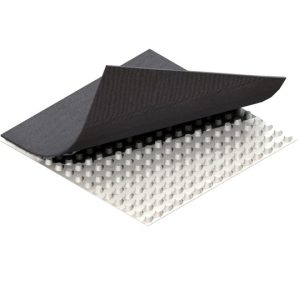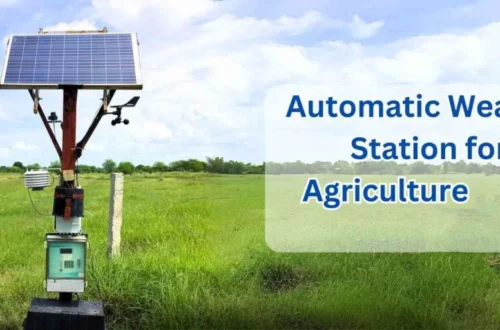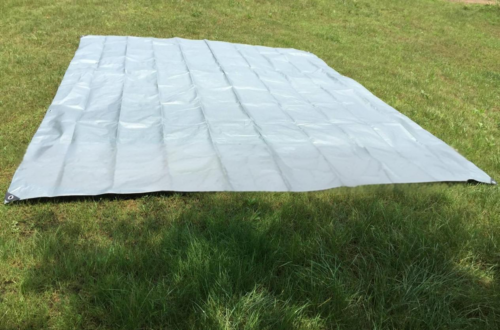-
The Ultimate Guide to Paper Roll Cutting Machines: Efficiency and Precision
The Ultimate Guide to Paper Roll Cutting Machines: Efficiency and Precision In today’s fast-paced industrial landscape, businesses constantly seek ways to enhance productivity while maintaining high-quality standards. One critical piece of equipment that delivers both efficiency and precision is the paper roll cutting machine. These machines have revolutionized how manufacturers handle materials, offering automated solutions that minimize waste and maximize output. Key Features and Technological Advancements Modern paper roll cutting machines incorporate advanced technologies such as servo-driven systems and digital controls. These features ensure accurate cutting lengths, smooth operation, and minimal manual intervention. With customizable settings, operators can easily adjust parameters for different materials, including paper, film, and non-woven fabrics.…
-
The Ultimate Guide to Paper Roll Cutting Machines: Efficiency and Precision
The Ultimate Guide to Paper Roll Cutting Machines: Efficiency and Precision In today’s fast-paced industrial landscape, achieving optimal efficiency and precision in material processing is crucial for businesses. Paper roll cutting machines represent a cornerstone technology for industries handling paper, film, textiles, and non-woven materials. These advanced systems transform large master rolls into perfectly sized smaller rolls or sheets, minimizing waste while maximizing productivity. This comprehensive guide explores how modern cutting solutions deliver unparalleled performance through intelligent engineering and automation. Core Functionality and Operational Benefits Modern paper roll cutting machines incorporate sophisticated servo-driven systems that ensure consistent cutting accuracy within millimeter tolerances. Key operational advantages include: – Automated measurement systems…
-
The Ultimate Guide to Paper Roll Cutting Machines: Efficiency and Precision
The Ultimate Guide to Paper Roll Cutting Machines: Efficiency and Precision In today’s fast-paced industrial landscape, achieving optimal efficiency and precision in material processing is crucial for businesses. Paper roll cutting machines have revolutionized how industries handle large rolls of paper, film, and other flexible materials. These advanced systems deliver unparalleled accuracy while significantly reducing labor costs and material waste. Core Functions and Technological Advancements Modern paper roll cutting machine units incorporate sophisticated features including programmable logic controllers, touch-screen interfaces, and laser guidance systems. These technologies enable operators to execute complex cutting patterns with microscopic precision. The integration of servo motors and high-resolution sensors ensures consistent performance across various material…
-
The Ultimate Guide to Paper Roll Cutting Machines: Efficiency and Precision
The Ultimate Guide to Paper Roll Cutting Machines: Efficiency and Precision In today’s fast-paced industrial landscape, businesses constantly seek solutions that enhance productivity while maintaining superior quality standards. Paper roll cutting machines have emerged as indispensable equipment across various sectors, revolutionizing how materials are processed with remarkable accuracy and speed. Core Functionality and Operational Benefits Modern paper roll cutting systems integrate advanced servo motors and precision blades to deliver consistent results. These machines handle materials ranging from thermal paper and label stock to non-woven fabrics, ensuring clean edges without material deformation. Key advantages include reduced labor costs, minimized material waste, and the ability to process multiple roll widths through programmable…
-
The Ultimate Guide to Paper Roll Cutting Machines: Efficiency and Precision
The Ultimate Guide to Paper Roll Cutting Machines: Efficiency and Precision In today’s fast-paced industrial landscape, businesses constantly seek solutions that enhance productivity while maintaining superior quality standards. Paper roll cutting machines have emerged as indispensable equipment across various sectors, transforming how companies handle material processing and packaging operations. Advanced Cutting Technology Modern paper roll cutting machines incorporate precision engineering and automated systems that deliver exceptional accuracy. These sophisticated devices feature programmable logic controllers, laser-guided measurements, and digital interfaces that allow operators to achieve consistent results with minimal material waste. The integration of servo motors and high-speed blades ensures clean, straight cuts every time, significantly improving operational efficiency. Industry Applications…
-
The Ultimate Guide to Paper Roll Cutting Machines: Efficiency and Precision
The Ultimate Guide to Paper Roll Cutting Machines: Efficiency and Precision In today’s fast-paced industrial landscape, efficiency and precision are paramount for businesses handling paper products. A high-performance paper roll cutting machine is no longer a luxury but a necessity for converting operations. This guide explores how these machines revolutionize production lines. Core Functionality and Operation Modern paper roll cutting machines utilize advanced servo systems and digital controls to ensure flawless slitting and rewinding. They handle various materials, from kraft paper to thermal labels, with micron-level accuracy, drastically reducing material waste. Automated Efficiency Features Key features include automatic tension control, touchscreen PLC interfaces, and programmable cutting lengths. These elements work…
-
The Ultimate Guide to Paper Roll Cutting Machines: Efficiency and Precision
The Ultimate Guide to Paper Roll Cutting Machines: Efficiency and Precision In today’s fast-paced manufacturing and packaging industries, precision and efficiency are paramount. A paper roll cutting machine is a cornerstone technology that delivers both, transforming large paper rolls into perfectly sized sheets or smaller rolls with remarkable accuracy. This guide delves into how these machines revolutionize production lines. Advanced Cutting Mechanisms Modern machines utilize servo-driven systems and digital controls to achieve micron-level precision. This eliminates material waste and ensures every cut meets strict specifications, boosting overall operational efficiency. Automated Operation and User Safety With features like automatic unwinding and programmable logic controllers (PLCs), these systems minimize manual intervention. Integrated…
-
The Ultimate Guide to Circular Jacquard Knitting Machines: Efficiency and Innovation
The Ultimate Guide to Circular Jacquard Knitting Machines: Efficiency and Innovation In the textile manufacturing industry, circular jacquard knitting machines represent a pinnacle of technological advancement. These devices enable the creation of intricate patterns and designs directly into fabric, eliminating the need for post-production embroidery or printing. By utilizing automated needle selection systems, they deliver unparalleled efficiency in producing complex textiles for apparel, home furnishings, and technical fabrics. Advanced Pattern Capabilities Modern circular jacquard knitting machines feature computerized design integration, allowing manufacturers to program elaborate motifs with pixel-level precision. This technology supports multi-color designs without compromising production speed, making it ideal for fashion brands requiring high customization. Energy-Smart Operations Innovations…
-
The Ultimate Guide to Circular Jacquard Knitting Machines
The Ultimate Guide to Circular Jacquard Knitting Machines Circular jacquard knitting machines are revolutionizing the textile industry with their ability to produce intricate patterns and high-quality fabrics efficiently. Whether you’re in fashion, manufacturing, or looking to upgrade your equipment, understanding these machines is key to staying competitive. Key Features and Benefits These machines excel in versatility, allowing for complex designs like florals, geometrics, and custom logos without compromising speed. Advanced models integrate digital controls for precise stitch formation, reducing waste and boosting productivity. For businesses aiming to scale, investing in a reliable circular jacquard knitting machine can lead to faster turnaround times and higher profit margins. Automated Pattern Creation With…
-
The Ultimate Guide to Circular Jacquard Knitting Machines: Revolutionizing Textile Production
The Ultimate Guide to Circular Jacquard Knitting Machines In the dynamic world of textile manufacturing, circular jacquard knitting machines have become game-changers. These advanced machines enable the creation of intricate patterns and designs directly into knitted fabrics, eliminating the need for post-production embroidery or printing. By utilizing electronic needle selection, they produce complex jacquard fabrics with remarkable efficiency and precision. How Electronic Needle Selection Works At the heart of every modern circular jacquard knitting machine is electronic needle selection technology. This system individually controls each knitting needle, allowing for precise pattern execution. Whether creating geometric shapes, logos, or photographic images, the machine translates digital designs into stunning textile realities with…
























